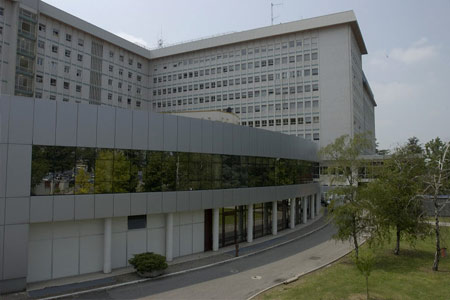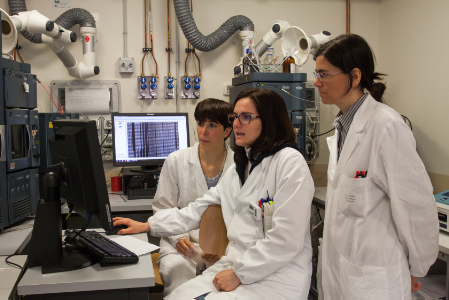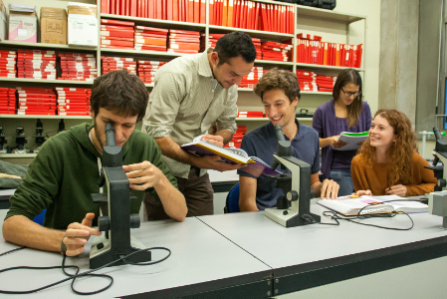- Authors:
-
Fezzi, Simone; Huang, Jiayue; Wijns, William; Tu, Shengxian; Ribichini, Flavio
- Title:
-
Two birds with one stone: integrated assessment of coronary physiology and plaque vulnerability from a single angiographic view-a case report
- Year:
-
2023
- Type of item:
-
Articolo in Rivista
- Tipologia ANVUR:
- Articolo su rivista
- Language:
-
Inglese
- Referee:
-
No
- Name of journal:
- EUROPEAN HEART JOURNAL. CASE REPORTS
- ISSN of journal:
- 2514-2119
- N° Volume:
-
7
- Number or Folder:
-
8
- Page numbers:
-
1-5
- Keyword:
-
Acute coronary syndrome; Adverse cardiac events; Case report; Coronary physiology; Functional angiography; Plaque vulnerability
- Short description of contents:
- Background Physiology-guided coronary revascularization was shown to improve clinical outcomes in multiple patient subsets, whilst in those presenting with acute coronary syndromes, it seems to be associated with an excess of cardiovascular events. One of the major drawbacks in this setting is the potential deferral of non-flow-limiting but 'vulnerable' coronary plaques. Case summary A 40-year-old patient presented with a myocardial infarction without ST-segment elevation (NSTEMI). At the invasive coronary angiography (ICA) a sub-occlusive stenosis on his left circumflex artery was detected and treated with percutaneous coronary intervention (PCI). The treatment of a concomitant intermediate eccentric focal stenosis on the right coronary artery (RCA) was deferred after a negative pressure wire-based physiological assessment. The patient was re-admitted 9 months later due to a recurrent NSTEMI, and a severe progression of the deferred RCA lesion was found at the ICA. In retrospect, an angiography-based assessment of physiological severity and plaque vulnerability of the non-culprit RCA stenosis by means of Murray's law-based QFR (& mu;QFR) and radial wall strain (RWS) was performed. At baseline, & mu;QFR value (0.90) corroborated the non-ischaemic findings of wire-based assessment. However, RWS analysis showed a marked hotspot (maximum RWS value 27.7%), indicating the presence of a vulnerable plaque. Discussion Radial wall strain is a novel biomechanical deformation index derived from coronary angiography. Segments with high RWS are associated with lipid-rich plaques that are prone to progression and plaque rupture. Therefore, the identification of RWS hotspots might potentially improve the risk stratification of non-culprit lesions and empower secondary prevention strategies.
- Product ID:
-
135198
- Handle IRIS:
-
11562/1104511
- Last Modified:
-
September 14, 2023
- Bibliographic citation:
-
Fezzi, Simone; Huang, Jiayue; Wijns, William; Tu, Shengxian; Ribichini, Flavio,
Two birds with one stone: integrated assessment of coronary physiology and plaque vulnerability from a single angiographic view-a case report
«EUROPEAN HEART JOURNAL. CASE REPORTS»
, vol.
7
, n.
8
,
2023
,
pp. 1-5
Consulta la scheda completa presente nel
repository istituzionale della Ricerca di Ateneo 








